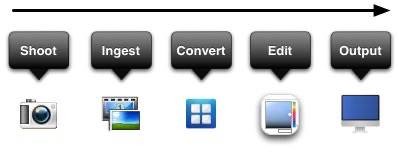

This process is repeated again for the three-star rating, with an even more critical eye on the content and uniqueness of the images. All one-star images are then reviewed and the best and most unique images will be promoted two stars. Starting at one star and reviewing all images, I'll select images for compelling subject, timing, and lighting. I will generally go to the level of three stars, which translates to three combined scans of the images for positive selection. Editing is done using a star rating system. Unlike Lightroom, which will by default render its own image preview for every image, Photo Mechanic uses the built-in JPG of RAW files, which dramatically cuts down on processing time needed to display each image. The reason Photo Mechanic is used for editing instead of Lightroom is that it's far faster to load and render RAW files. If the same metadata applies to all images, then I will perform metatagging for all images at the time of import.Īfter ingest, I perform editing in Photo Mechanic.

The reason metatagging is not done at the time of import, which Photo Mechanic is capable of doing, is because different images from the same shoot may possess different metadata. This includes, but is not limited to, IPTC data for the title, caption, and keywords, which are the three most important fields for image use and discovery. This file naming allows for easy file sorting during editing and prevents any confusion about the creation of date of the image.įollowing import, I will apply metadata to images based on the content. I have Photo Mechanic set to also automatically append the filename to include the date (YYYYMMDD format) as well as the hour (24 hour format), minute and second.

All images from a single shoot are downloaded to a date-marked folder ( Example Photo Shoot). The first thing I do with my photos is to download all images to my to my Synology DS1813+ NAS using the application Photo Mechanic by Camera Bits. Here are the 9 main steps I'll discuss in my photography workflow: Here's what I've found to be an extremely efficient digital photography workflow, from file import to delivery and backup. Whether I'm shooting on assignment, for the band, or for a corporate client, my workflow is largely the same. An efficient workflow for editing, processing, and delivering digital photography is therefore critical. As a music photographer, I'm often in a position where I shoot a large volume of images and have to turn them around in very short order.


 0 kommentar(er)
0 kommentar(er)
